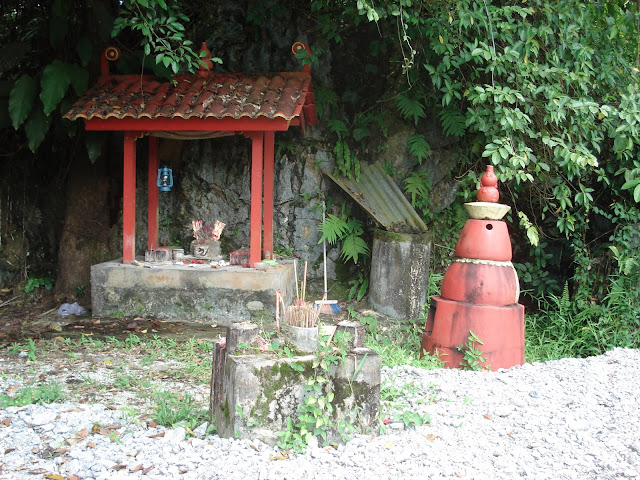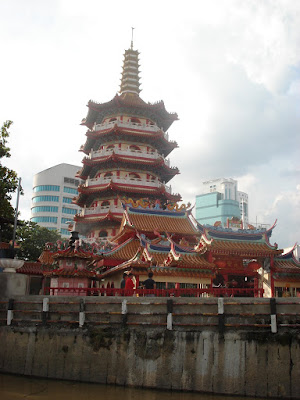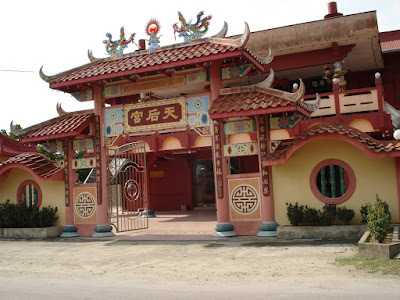Eng Ann Teng Tua Pek Kong Temple, Sibu was found more than a century ago, around the year 1870. In the 1871 Sarawak Gazette, the temple was recorded as a small wooden Chinese temple. The temple was then rebuilt into a typical Taoist Chinese Architecture in 1897. Most of the critical building materials were imported from China, including the statue of the host deity, Lord Tua Pek Kong. The details of the contributors & expenditure of the 1897 rebuilding was curved in two pieces of stones, which are still in the temple. Like many of the histories of Tua Pek Kong temples in Sarawak, the Eng Ang Teng Tua Pek Kong temple had gone through major fire disaster, and was unharmed; the March 8, 1928 fire was a tragedy, as most of Sibu business shoplots were destroyed after the incident. Towards the end of the Japanese occupation, the temple was severely destroyed due to Allied Forces’ air strikes on Sibu town; the statue of Tua Pek Kong, again, was unharmed. In 1957, the temple wa











